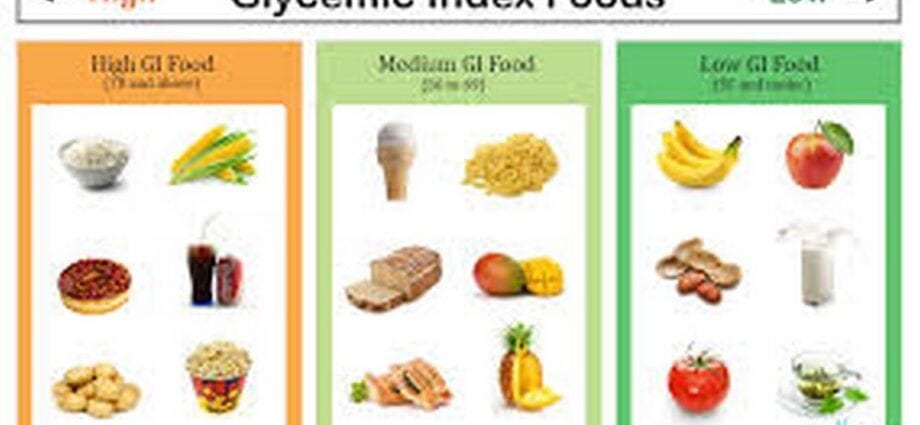The glycemic index (GI) is a measure of how high blood glucose levels rise in response to a carbohydrate meal. Foods with a high GI cause the pancreas to release insulin to help normalize glucose levels. With a large spike in insulin, blood sugar levels drop below normal, which makes you feel an overwhelming craving for food again. Insulin sends unprocessed sugar to storage sites – fat depot. Therefore, high GI foods are considered a harbinger of excess weight and the cause of difficulty in controlling appetite.
Glycemic Index Theory
The GI is an empirically derived assessment method. In various studies, sugar or white bread was used as a control product. Participants ate a certain amount of the same food. To measure blood sugar, the researchers focused on 50 grams of digestible carbohydrates, not the volume of the food itself. For example, 280 g of potatoes and 80 g of buckwheat groats each contain 50 g of digestible carbohydrates, excluding fiber. After that, the subjects measured their blood glucose and compared how high its level rose in relation to sugar. This formed the basis of the glycemic index.
Later studies introduced the concept of Glycemic Load, which most closely reflects the effect on the body of a particular food. Unlike the index, it allows you to evaluate a specific portion, and does not focus on the abstract 50 g.
GI and satiety
Research back in the 2000s has shown that GI has less effect on satiety than previously thought. Saturation factors included: proteins, fats, fiber and energy density of food.
Proteins take a long time to digest, which allows you to maintain a comfortable feeling of fullness. Fat slows down the absorption of nutrients and helps maintain long-term satiety. Fiber creates volume, and mechanical stretching of the stomach is a satiety factor.
In terms of energy density, compare 40 grams of oat cookies and 50 grams of oatmeal. Their calorie content is the same, but the number of calories per gram of product and the volume are different. Similarly, 200 g of grapes and 50 g of raisins have the same number of calories, but different energy density, respectively, they are saturated in different ways.
It is advisable to remember about insulin and the glycemic index for long periods of time without food. Low blood glucose slows down the onset of satiety, which is why people tend to overeat after a period of hunger, and therefore it is recommended to eat small meals and not skip meals to control appetite.
Insulin and GI are extremely important for obese and diabetic people. Obesity decreases insulin sensitivity. If you want to lose weight, you will not only have to control the feeling of satiety, but also your blood sugar level – choose foods with a low GI.
GI control methods
The glycemic index of foods can be influenced. You already know that proteins, fats and fiber slow down the absorption of nutrients – they can also decrease or increase GI. Ice cream increases blood sugar less than bread because it contains fats, not just carbohydrates.
Whole grains and shell-preserved cereals have less GI than products made from white flour and refined grains. Buy whole grain breads, crispbreads, durum pasta, oatmeal instead of oatmeal, brown rice instead of white.
The GI of fresh vegetables and fruits is lower than cooked because of the fiber. When you grind vegetables, heat them or puree them, you destroy dietary fiber – the GI rises. Therefore, the index of boiled carrots is almost the same as that of white bread, and mashed potatoes are much higher than that of baked potatoes in their skins.
Proteins take longer to digest than other food components, so nutritionists recommend eating proteins and carbohydrates together. This allows not only to control appetite, but also to reduce the glycemic index of carbohydrates.
If you have left a moderate amount of sweets in your diet, then eat them not on an empty stomach, but with your balanced meal. Its ingredients will slow down digestion, lower your GI and provide you with a feeling of fullness.
The glycemic index is not as important to healthy people of normal weight and insulin sensitivity as it is to control appetite while dieting. It should be taken into account by people suffering from obesity and diabetes, since with such diseases one cannot do with satiety control. For absolutely everyone, GI tables will be a good cheat sheet for choosing foods, but it is important to understand that overeating can provoke even the most correct foods.










